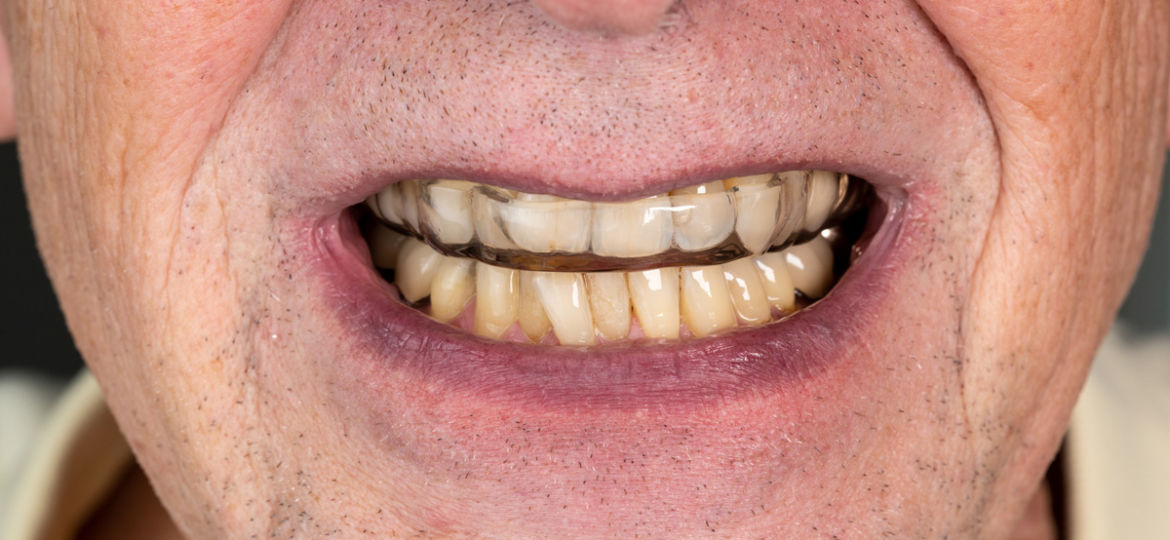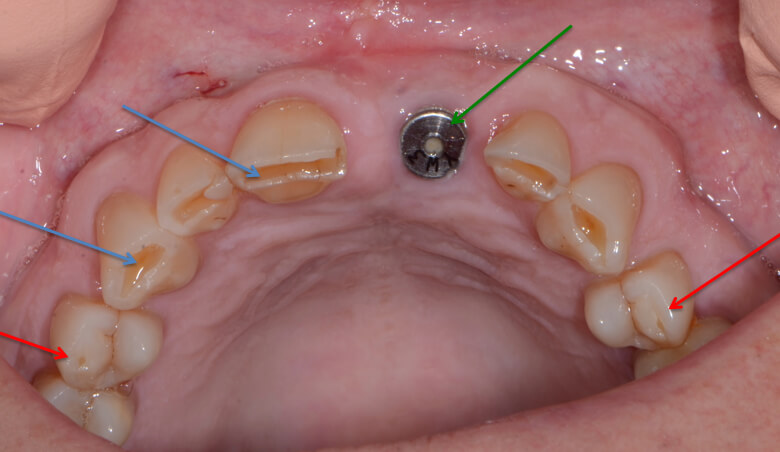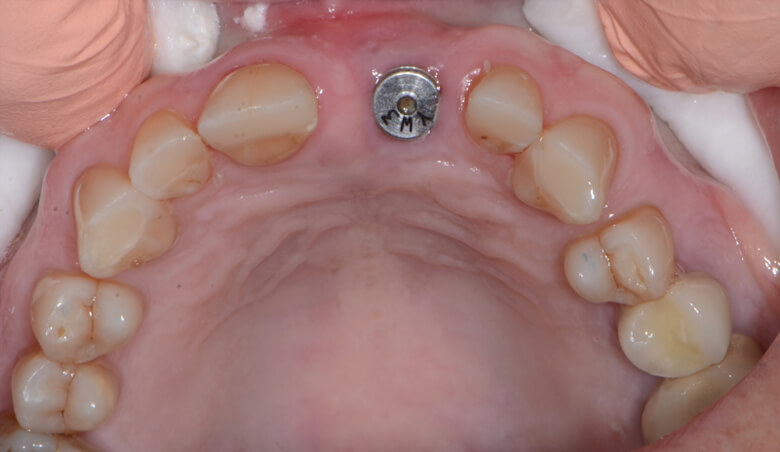
There are many things besides having a cavity that can damage our teeth. Some of the most common ways your tooth can breakdown are:
- Clenching and grinding
- Sleep Apnea – can contribute to the clenching and grinding
- Acid erosion – acid reflux or frequent exposure to acidic food and drink
Ask yourself these questions if you are concerned about tooth wear and erosion.
- Do you find yourself clenching/grinding/bracing your teeth and jaws frequently during the day?
- Have you been told by your sleep partner that you grind your teeth at night?
- Do you wake up frequently with sore/stiff muscles of the head or neck?
- Do you drink more than one acidic beverage such as soda, coffee, tea or sports drinks a day? (Don’t forget diet drinks are just as acidic!!)
- Do you drink your beverages quickly in one sitting or do you sip it slowly throughout the day?
- Do you have acid reflux (heart burn)? If so, is it being treated with medications?
- Do you suffer from any illness or disorder that can cause frequent nausea/vomiting?
- Do you have sleep apnea? Or do you use a C-Pap machine?
At your next visit to our dental office, discuss your concerns and answers with us. We’ll find the best solution for you and your teeth!
Here is a before and after example for you of an individual with a lot of tooth wear.
Before

This individual has sleep apnea which has contributed to a serious tooth grinding issue. They also used to have acid reflux which added to the problem. The color arrows will show you what is going on in the mouth.
- Blue arrows – Shows yellowish cupped out areas that have been created by a combination of acid erosion and tooth grinding.
- Red arrows – Show very flat shiny areas on the cusps of the teeth called “wear facets.” These areas can ONLY be caused by tooth grinding.
- Green arrow – A healing abutment of a dental implant with the tooth not yet attached.
After

This picture shows you the same mouth after the erosion has been restored. The dentist repaired the tooth with tooth-colored composite restorations. The treatment has made a dramatic improvement in the individual’s smile. It will also help protect the teeth from any future chipping, erosion or wear. The next step for this person will be to put a tooth in the dental implant!
If the first three items listed are familiar to you or you answered yes to some of the questions, give us a call and we can work with you on any tooth damage you may have in your mouth.

